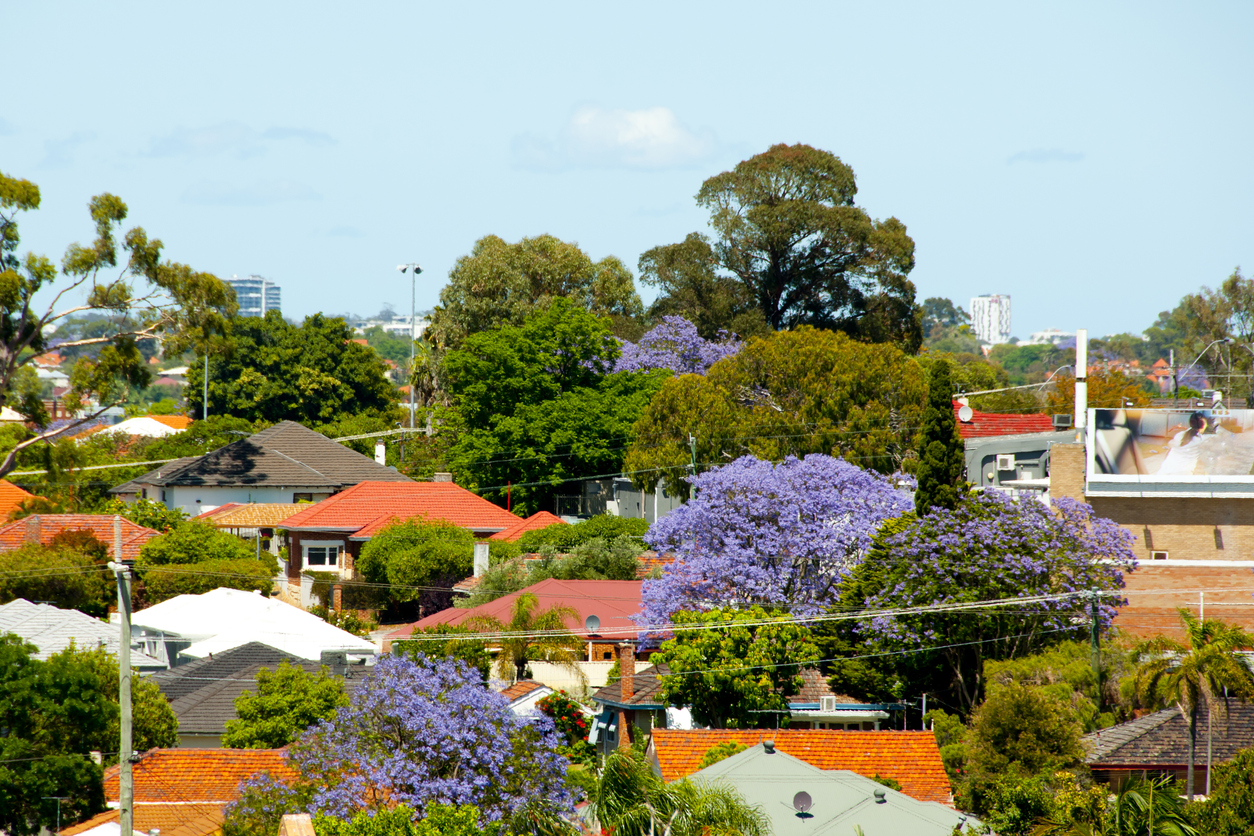Opportunities Emerge in Brisbane’s Recovering Residential Market
As the Brisbane residential market continues to show signs of improvement, industry leaders are positioning themselves to take advantage of emerging opportunities.
The Urban Developer founder Adam Di Marco sat down with Realm Projects’ managing director Shane Foley on the sidelines of The Urban Developer’s residential development summit in Brisbane.
In this Q&A, we get to know Shane, his business and the opportunities he sees for the Brisbane residential property market.
ADM: Shane, for those who don’t know your business or background, tell us a little about yourself?
SF: I’ve been a career property person since I joined Ray White Toowoomba in 1994 as a 17 year-old cadet. I immediately gained my sales license when I turned 18 and received my best piece of advice from the owner at the time: “you will need to either sink or swim in property”. Good advice!
With over twenty years of experience, I started Realm Projects as a specialist project marketing business providing end-to-end sales and marketing solutions to leading Australian property developers.
ADM: How did you get into the residential development side of the business?
SF: Over a decade ago, I found myself becoming increasingly interested in new development projects. I was fascinated with identifying sites, architecture, project positioning and developing sales and marketing strategies.
I began working my way up over the course of 12 years, initially as a sales person, then a sales manager, and finally a national role for several large publicly-listed companies. Over the course of this time, we successfully managed to complete over $2 billion in total sales.
ADM: Let’s talk about the current state of the market. Despite challenging conditions, Realm Projects has notched up some impressive sales results. I’m curious as to your view on how Brisbane’s apartment market is holding up overall?
SF: There is no sugar coating it — the market has gone through a major adjustment, from record sales volumes through 2013 to 2016, to sales falling off a cliff from 2017 until now.
Valuations have been problematic for many buildings that have been sold to investors and this remains an ongoing challenge. It must be said though that there are some shining lights among the results.
There are a handful of developers who have been able to design and deliver higher quality projects which appeal both to investors and, most importantly, appealing to the organic, local owner-occupier market. In these cases, values have typically held up well and, surprisingly, even experienced some uplift in capital value.

ADM: What’s your view on what stage we are in for the current market cycle?
SF: I believe the worst is now behind us. The large volume of settlements occurring between 2016 to 2018 have now passed. The rental market for new product has proven more resilient than many expected with vacancy rates having now stabilised below 3 per cent.
There have been very limited new projects launch in the last two years so vacancy rates will continue to tighten as supply drives up, which will put upward pressure on rents from 2020 onwards and a return to positive price growth for apartments.
For purchasers, capital availability is now showing signs of easing up with the removal of the 7 per cent serviceability buffer, and coupled with the reduction in interest rates and the election behind us, we are well positioned for an improving market.
ADM: How has the last two years opened up opportunities and how has your businesses responded?
SF: Some developers have needed quick solutions to reignite sales of projects upon completion so as they can recycle their capital.
One example is an inner city development that Realm Projects took on last year. The development had not made a sale for over 12 months leading up to settlement. With careful strategic repositioning of the project, we created a fresh re-launch for the the remaining 54 apartments achieving 20 sales in the first six weeks of the campaign and the remainder sold and settled within 10 months.
The developer was thrilled at the results and our team felt very satisfied that the strategy had worked and the hard work paid off.
Additionally, I’m particularly passionate about high-quality design outcomes for projects which suit the emerging owner-occupier market so our team is focusing on working with developers and architects who share this vision.
ADM: How is the profile of buyers changing and how are projects adapting to meet the changing nature of the buyer?
SF: Right now, the appetite for major, investor-focused developments selling has softened dramatically. The opportunities currently as I see it fall predominately in the following three areas:
Owner-occupier buyers seeking ownership in smaller boutique buildings with high design merit. The profile of the buyers is typically a mix of downsizers or “rightsizers” and apartment upgraders;
A more sophisticated investor who will buy off-the-plan when they see something very special, however, only when the developer can demonstrate a track record of quality and value; and
Opportunistic investors who are seeking out deals on completed stock.
ADM: What’s the outlook for the Brisbane inner-city apartment market in the medium to long term?
SF: Brisbane has an incredibly bright future, it has come a long way in the last decade which is one of the reasons the net migration numbers have increased sharply over the last few years.
With record infrastructure spending driving jobs, including the Brisbane Airport upgrade and Queens Wharf development, I firmly believe we will witness the awakening of Brisbane as a truly global city which will create new development opportunities within the inner city apartment market.
The Urban Developer is proud to partner with Realm Projects to deliver this article to you. In doing so, we can continue to publish our free daily news, information, insights and opinion to you, our valued readers.













